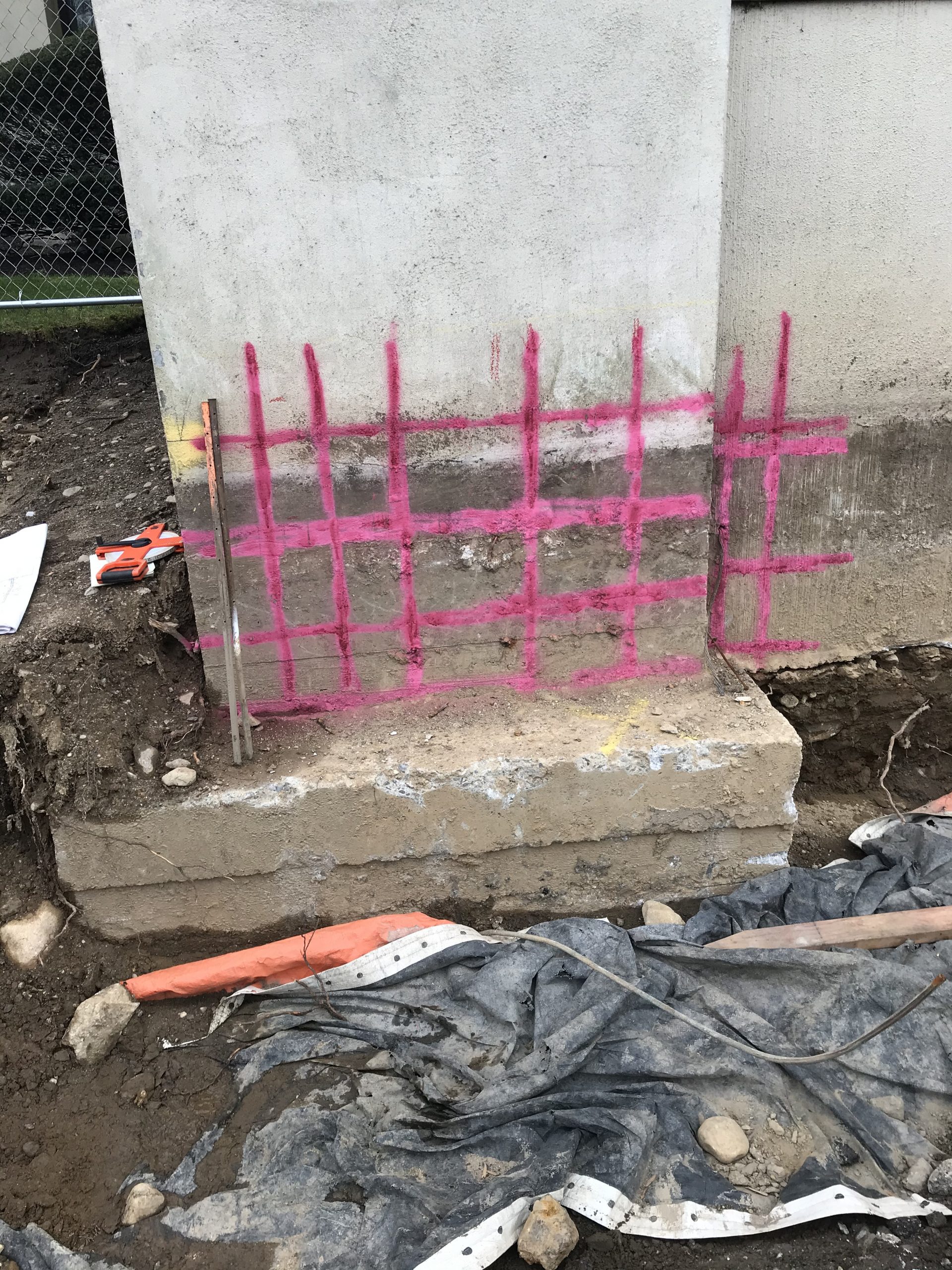RainierGPR Service Areas: Where We Provide Premier Concrete Scanning
RainierGPR Service Areas: Where We Provide Premier Concrete Scanning
Blog Article
Concrete Scanning: A Vital Action Towards Ensuring Architectural Stability and Security
In the realm of construction and infrastructure maintenance, the significance of concrete scanning can not be overemphasized. By utilizing sophisticated modern technology and methods, concrete scanning serves as a critical tool in guaranteeing that the integrity and safety and security of bridges and structures are upheld to the highest requirements.
Significance of Concrete Scanning
Concrete scanning plays an important function in guaranteeing the architectural integrity and safety and security of structures and infrastructure jobs. By utilizing advanced technologies such as ground-penetrating radar (GPR) and electro-magnetic induction, professionals can non-destructively examine concrete structures to detect potential issues, spaces, ingrained objects, and support layout. This procedure enables very early discovery of abnormalities that might endanger the security of a framework, preventing pricey problems and guaranteeing the safety and security of owners.
Concrete scanning is specifically crucial throughout the planning and building stages of a job. Before drilling, cutting, or coring right into concrete, scanning helps identify the precise places of rebar, post-tension cables, and various other embedded components, minimizing the threat of unexpected hits that might bring about structural weaknesses. In addition, concrete scanning aids in quality assurance by validating the density of concrete covers and detecting any inconsistencies that might affect the total resilience of the structure. Eventually, purchasing concrete scanning services is not just an aggressive step to mitigate risks but also an essential action towards preserving the lasting safety and security of buildings and framework.
Modern Technology for Concrete Assessment

Advantages of Very Early Detection
Prompt discovery of architectural issues can substantially alleviate dangers and make sure the durability of building projects. By identifying potential troubles early in the building process, stakeholders can take positive actions to deal with issues before they escalate right into larger and a lot more expensive troubles. One of the key advantages of early discovery is the avoidance of structural failings, which can present serious safety hazards and result in project hold-ups and financial losses.
Furthermore, early discovery permits timely repair work and upkeep, which can assist expand the life-span of the framework. By dealing with concerns promptly, building and construction groups can avoid pricey repair services or perhaps the demand for early replacement of structural components. This proactive approach not only conserves money and time however likewise boosts the general safety and toughness of the building task.
In addition, very early discovery can improve project planning and decision-making by offering stakeholders with useful insights into the condition of the framework. Equipped with this information, project managers can make informed selections regarding building timelines, products, and approaches, resulting in a lot more effective and successful task outcomes.
Making Certain Structural Stability
Ensuring the structural stability of a construction task is critical to its safety and longevity. Concrete scanning plays a crucial function in guaranteeing structural security by discovering potential issues such as voids, delamination, or reinforcement rust that could endanger the honesty of the framework over time.
By making use of sophisticated scanning innovations like ground-penetrating radar (GPR) and electro-magnetic induction, building specialists can non-invasively evaluate concrete frameworks to identify areas of issue underneath the surface. This positive strategy permits for the early discovery of weak points or defects, enabling prompt fixings or reinforcement to avoid architectural failings.
Regular concrete scanning throughout various building and construction phases and throughout the life process of a structure can aid maintain its security, reduce threats, and guarantee the security of residents. By prioritizing architectural security with concrete scanning, building and construction jobs can enhance their strength and sturdiness, inevitably adding to greater safety and longevity.
Preventing Crucial Failures
Executing routine inspections, such as concrete scanning, can disclose concealed defects like gaps, fractures, or deterioration that might jeopardize the honesty of a framework. By making use of innovative scanning innovations like Ground Permeating Radar (GPR) or Concrete X-ray, designers can non-destructively evaluate the condition of concrete and recognize weak factors that call for reinforcement or repair.

Final Thought
In verdict, concrete scanning plays a crucial function in guaranteeing architectural honesty and security by utilizing sophisticated technology for early discovery of possible problems. This proactive approach assists prevent crucial failings and guarantees the security of structures. It is vital to focus on concrete examination as a typical method to shield the durability and security of structures and facilities.
Concrete scanning plays a crucial role in ensuring the architectural honesty and safety and security of structures and infrastructure tasks. In addition, concrete scanning help in top quality control by verifying the thickness of concrete covers and spotting any discrepancies that might influence the general durability of the framework. Concrete scanning plays an essential function in making certain structural stability by detecting potential concerns such as spaces, delamination, or reinforcement deterioration that might compromise the integrity of the framework over time.

In verdict, concrete scanning plays an essential function in making certain structural honesty and safety and security click for more by making use of innovative technology for very early detection of potential problems.
Report this page